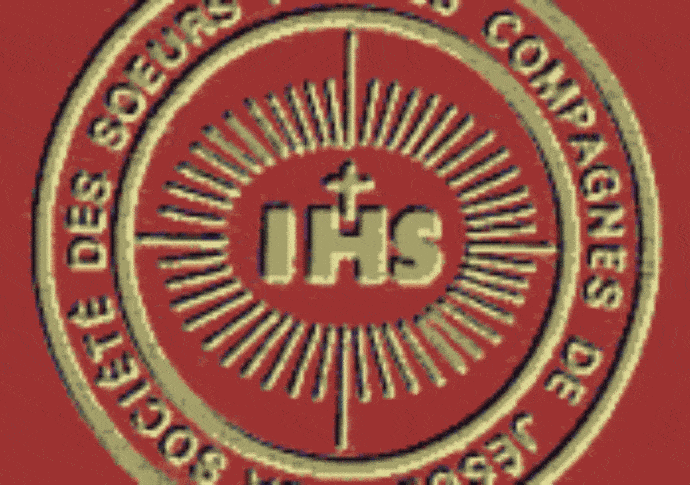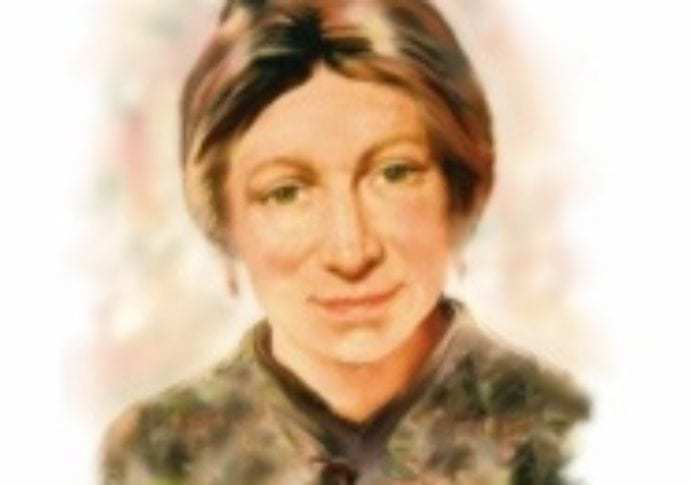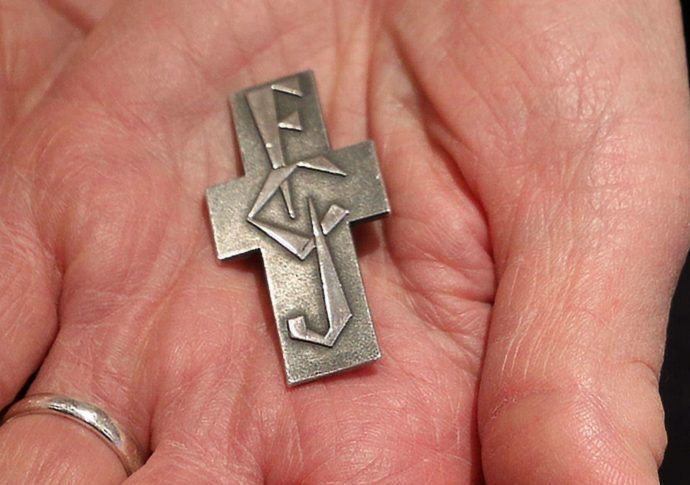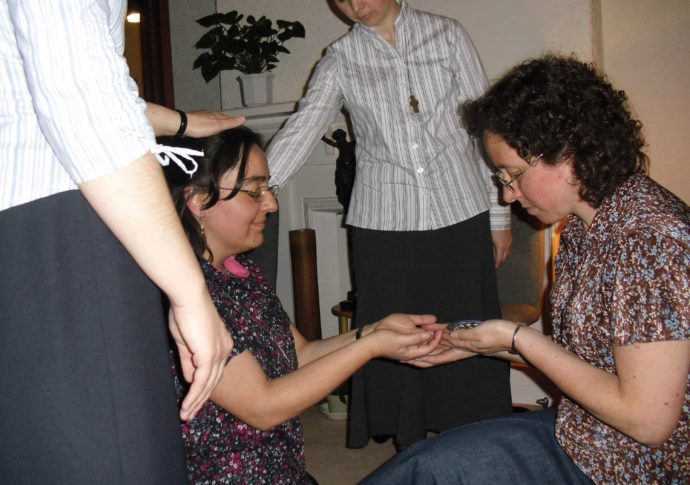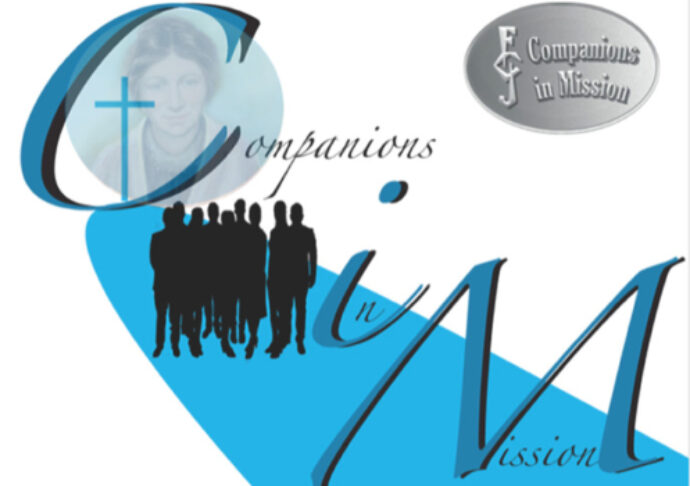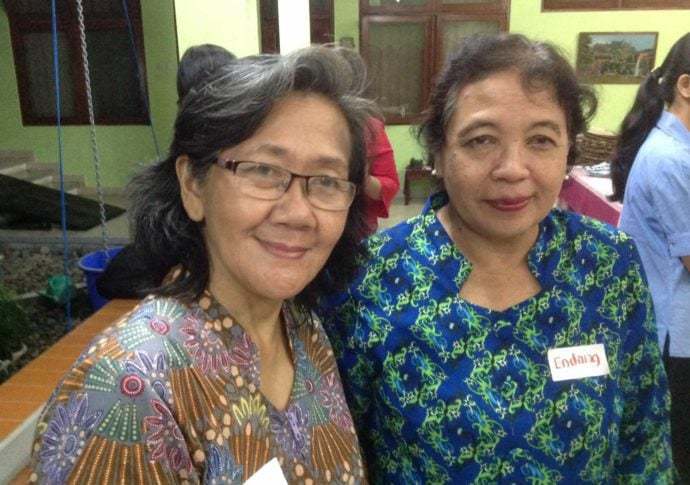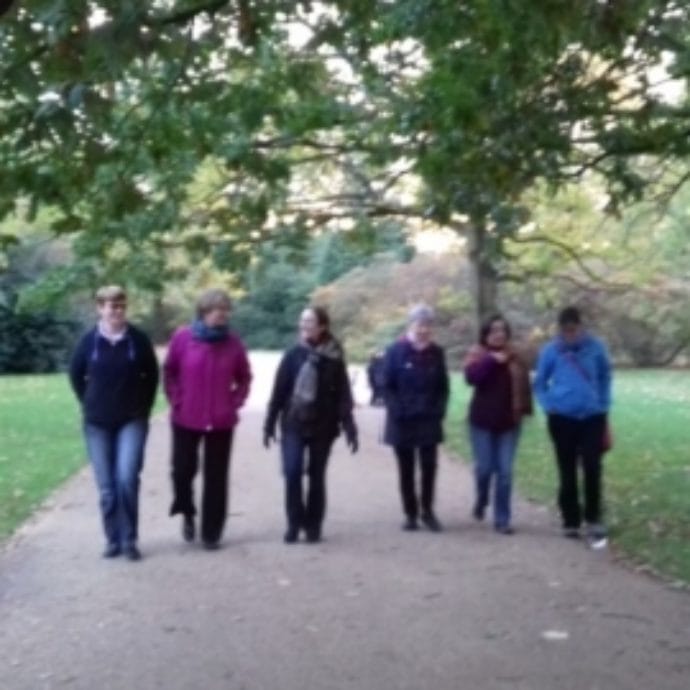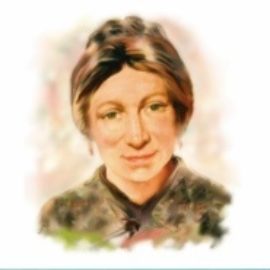An article by Sr MaryAnne fcJ, from the FCJ Spirituality Centre London, has appeared in the Vocation for Justice newsletter. We reproduce it here with their permission.
“Because the divine could not image itself forth in any one being,
it created the great diversity of things
so that what was lacking in one
would be supplied by the others
and the whole universe together
would participate in and manifest the divine
more than any single being whatsoever.”
So wrote Thomas Aquinas more than 700 years ago. God’s image cannot be contained in one thing, in one species, but we get glimpses of God when we look at all creation, the whole universe. Each part of creation mirrors some aspects of the creator. With God we are never at the end of our exploration, there is always more, more to discover, more to love, and more questions to ponder.
In the encyclical Laudato Si’, Pope Francis says that species “give glory to God by their very existence“, and each one “reflects in its own way a ray of God’s infinite wisdom and goodness.” Creation gives praise to God by being itself, by flourishing, and by fulfilling its potential. Human beings, as part of creation, are also called to praise God by their lives and their choices. They are called to be co-creators with God, in the work of ‘tilling and keeping’ the Earth.
In our time, humans have lost this vision and have used their potential and their intelligence to destroy. They have become greedy and short sighted, and so, there are microplastics in the oceans, the air is full of toxins, the forests are diminishing, and many creatures find that their homes, their ancient breeding places, or their feeding grounds are no longer there more. We are living in a time of biodiversity collapse and a great extinction event.
With this reality in mind, artist and iconographer Angela Manno embarked on a journey of writing icons of endangered species. This is an ancient technique using natural materials: wood, egg, pigments from the Earth, a process imbued with sacred symbolism and prayer. She has completed more than thirty of these icons. They include the Sumatran Orangutan, the Loggerhead Sea Turtle, the Andean Marsupial Frog, the Sockeye Salmon, the Philippines Orchid, and the Blue Iguana among others.
Theologian Sr Elizabeth Johnson, CSJ uses three of these icons on the front cover of her recent book Come, Have Breakfast: Meditations on God and the Earth, a series of thirty short meditations inspired by scripture. She helps us to read the scripture afresh and see what speaks to us in a time of climate and biodiversity crisis. She speaks of beauty, encouraging us to look deeply at creation, to fall in love, and to see beyond to the “author of beauty” (Wis 13:3). This becomes our first step toward healing our relationship with the Earth. She explores Jesus’ relationship with the natural world. He was “with the wild beasts” (Mk 1:13) in the wilderness, and he invites his friends to “consider the lilies of the field” (Mt 6:28). What could we learn from him about how to live in creation?
Johnson encourages us to forge an emotional bond with nature. Through creation we see God and learn to love God, and we hear the call to love our neighbour. The notion of ‘neighbour’ is expanded to include the more-than-human. We are called to notice our interconnection with all that exists and learn to love the whole community of creation.
One of the meditations in the book is called ‘Biodiversity: dazzling, disappearing.’ Here Johnson paints a picture of the interconnected variety of life on Earth. She speaks of the last extinction event which was caused by an asteroid colliding with our planet. She tells us, “this time the asteroid is us.” Human activity is causing too much pollution, destruction and disruption for Earth to replenish itself. Urgent action is needed. Mass extinction is not yet inevitable, and we are called to work with others across interests, disciplines and faiths. Johnson ends this meditation with the encouragement that “the ecological commitment arising from belief in God and the love of our one heart can be a powerful force that, together with others, can help to stem the tide.” Let us take up her challenge!
Contemporary Icons of Threatened and Endangered Species, Angela Manno angelamanno.com
Elizabeth A. Johnson CSJ, Come, Have Breakfast: Meditations on God and the Earth, Maryknoll NY, Orbis Books, 2024.
The Artist and the Theologian: Contemplating Creation, webinar
Sr MaryAnne fcJ is based at the FCJ Spirituality Centre focused on Faith and EcoJustice in North London. She is also a member of the Columban Justice, Peace and Ecology Group and the National Justice and Peace Network Environment Group.



